The Doctrine Of The Upanisads And The Early Buddhism
₹695.00
Sold By:
Motilal Banarsidass Publishing House
In stock
The Doctrine Of The Upanisads And The Early Buddhism
The first edition of this book was released in 1908.
Oldenberg gives a brief overview of the life and philosophy of Vedic Indians in the introduction of his book. During this time period, a magician may eventually advance to the role of a priest as a result of their advancement. The Vedas and the Brahmanas were written during this time period.
In Chapter I, which delves into the more ancient Upanisads, such as the Brhad Aranyaka Upanisad and the Chandogya Upanisad, it is first described how the concept of the Supreme Being, the one and only mystic power, was conceived in the words Brahman and Atman, and how these two entities merged with each other and became identical. This is done in the context of Chapter I's discussion of the older Upanisads. After then, it moves on to a discussion of the theory of metempsychosis, which focuses on how it developed as a result of the relationship between the Supreme Being and the world of plurality. During this time, the magician-priest starts to transition into more of a philosophical role.
Chapter II deals with subsequent Upanisads such Kathaka Upanisad, Maitrayana Upanisad and Svetasvatara Upanisad. During this time period, there are convincing indications that the Samkhya Doctrine and the Yoga were only starting to take shape as distinct systems. Here, the culmination of human aspiration, the deliverance of oneself from anguish, is laid bare for everyone to see. In a nutshell, we see the evolution of thinking in Indian philosophy from a god of impersonal powers to a deity of personal powers.
However, it is noteworthy to note that a system that firmly supports the aspects of Yoga also strongly rejects theism and adheres to the gloomy philosophy of Indian mysticism, which is the Doctrine of Buddhism. This is discussed in further detail in Chapter III.
Author
Hermann Oldenberg
Too Good to Resist Sale is Live BUY AND SAVE NOW
The Doctrine Of The Upanisads And The Early Buddhism
The first edition of this book was released in 1908.
Oldenberg gives a brief overview of the life and philosophy of Vedic Indians in the introduction of his book. During this time period, a magician may eventually advance to the role of a priest as a result of their advancement. The Vedas and the Brahmanas were written during this time period.
In Chapter I, which delves into the more ancient Upanisads, such as the Brhad Aranyaka Upanisad and the Chandogya Upanisad, it is first described how the concept of the Supreme Being, the one and only mystic power, was conceived in the words Brahman and Atman, and how these two entities merged with each other and became identical. This is done in the context of Chapter I’s discussion of the older Upanisads. After then, it moves on to a discussion of the theory of metempsychosis, which focuses on how it developed as a result of the relationship between the Supreme Being and the world of plurality. During this time, the magician-priest starts to transition into more of a philosophical role.
Chapter II deals with subsequent Upanisads such Kathaka Upanisad, Maitrayana Upanisad and Svetasvatara Upanisad. During this time period, there are convincing indications that the Samkhya Doctrine and the Yoga were only starting to take shape as distinct systems. Here, the culmination of human aspiration, the deliverance of oneself from anguish, is laid bare for everyone to see. In a nutshell, we see the evolution of thinking in Indian philosophy from a god of impersonal powers to a deity of personal powers.
However, it is noteworthy to note that a system that firmly supports the aspects of Yoga also strongly rejects theism and adheres to the gloomy philosophy of Indian mysticism, which is the Doctrine of Buddhism. This is discussed in further detail in Chapter III.
Author
Hermann Oldenberg
About the Author(s)
Hermann Oldenberg (1854-1920), one of Germany’s best indologists, had an interest in history, was equally at home in Vedic and Buddhist studies, and made exceptional contributions to both fields of study. He was known as “One of Germany’s finest indologist.”
After completing his education in Berlin and Gottingen, he went on to get a position as a professor of indology in Kiel. His first work, Buddha, Sein Leben, seine Lehre, seine Gemeinde (1881), has since become a classic. His other, equally notable publications are Die Religion des Veda (1894), Die Literatur des alten Indiens (1903) and Das Mahabharata, seine Entstehung, sein INhalt, seine Form (1922).
Dr. Shridhar B. Shrotri received his education in German from Pune University. After holding the post of Lecturer in German at that institution, he moved on to Karnatak University in Dharwad in 1962 and eventually attained the position of Professor of German at that institution.
The English version of Oldenberg’s Die Religion des Veda was first released in the year 1988 thanks to his translation.
Additional information
| Weight | 0.5 kg |
|---|---|
| Dimensions | 10 × 11 × 12 cm |
| Book Author | Hermann Oldenberg, Shridhar B. Shrotri |
Be the first to review “The Doctrine Of The Upanisads And The Early Buddhism”
You must be logged in to post a review.
-
-
₹1,695.00


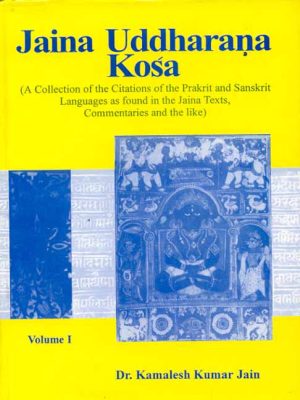
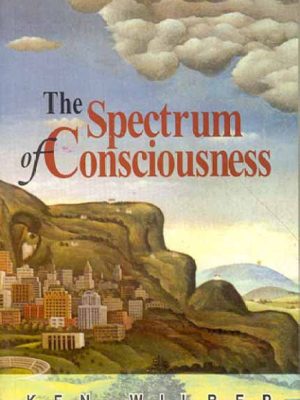

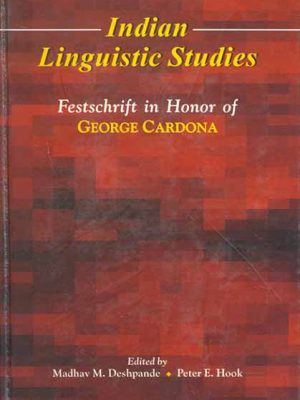
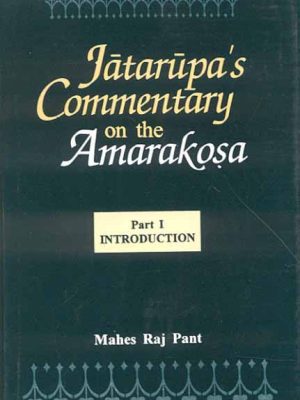
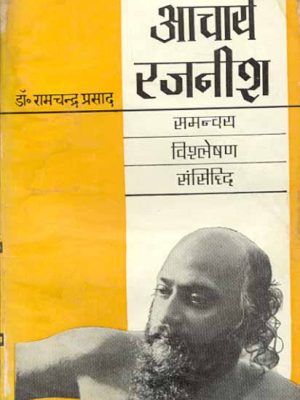
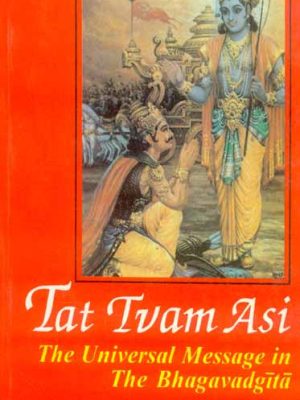

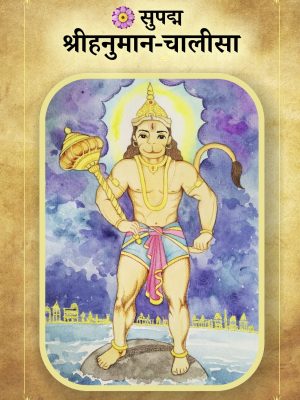

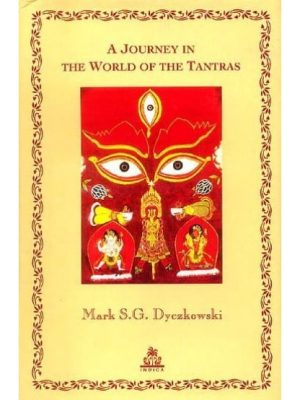
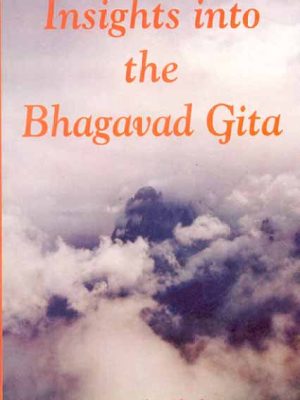
Reviews
There are no reviews yet.